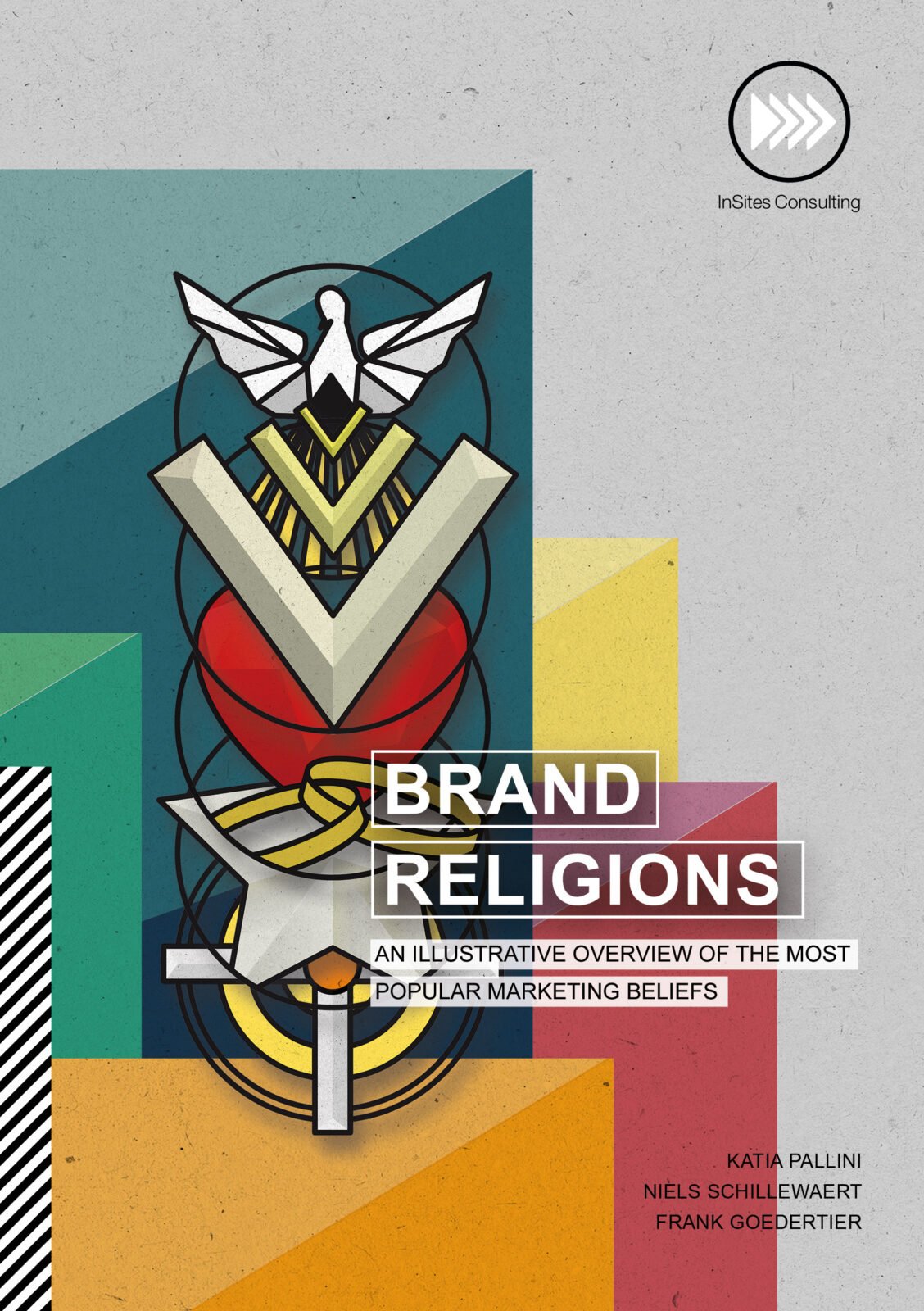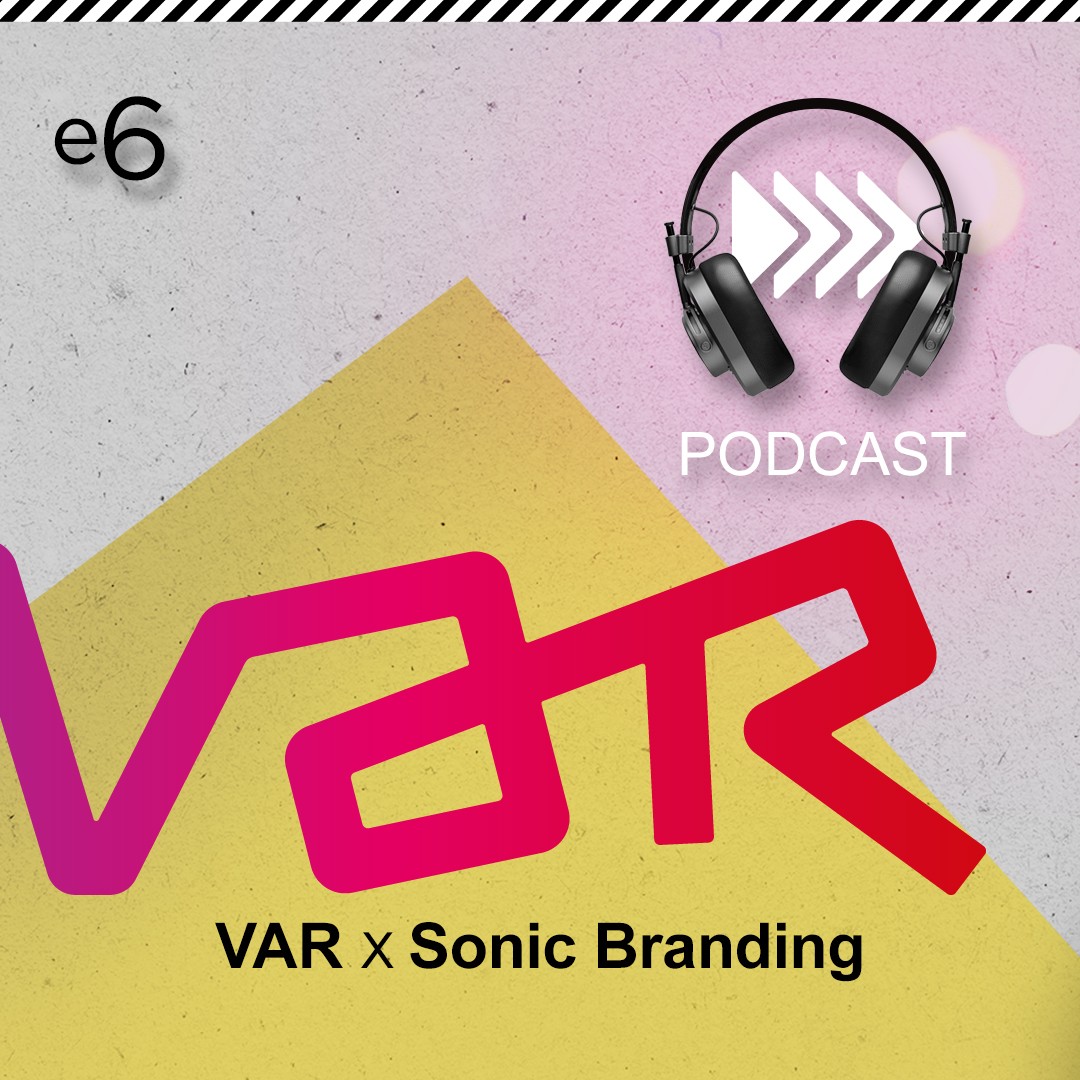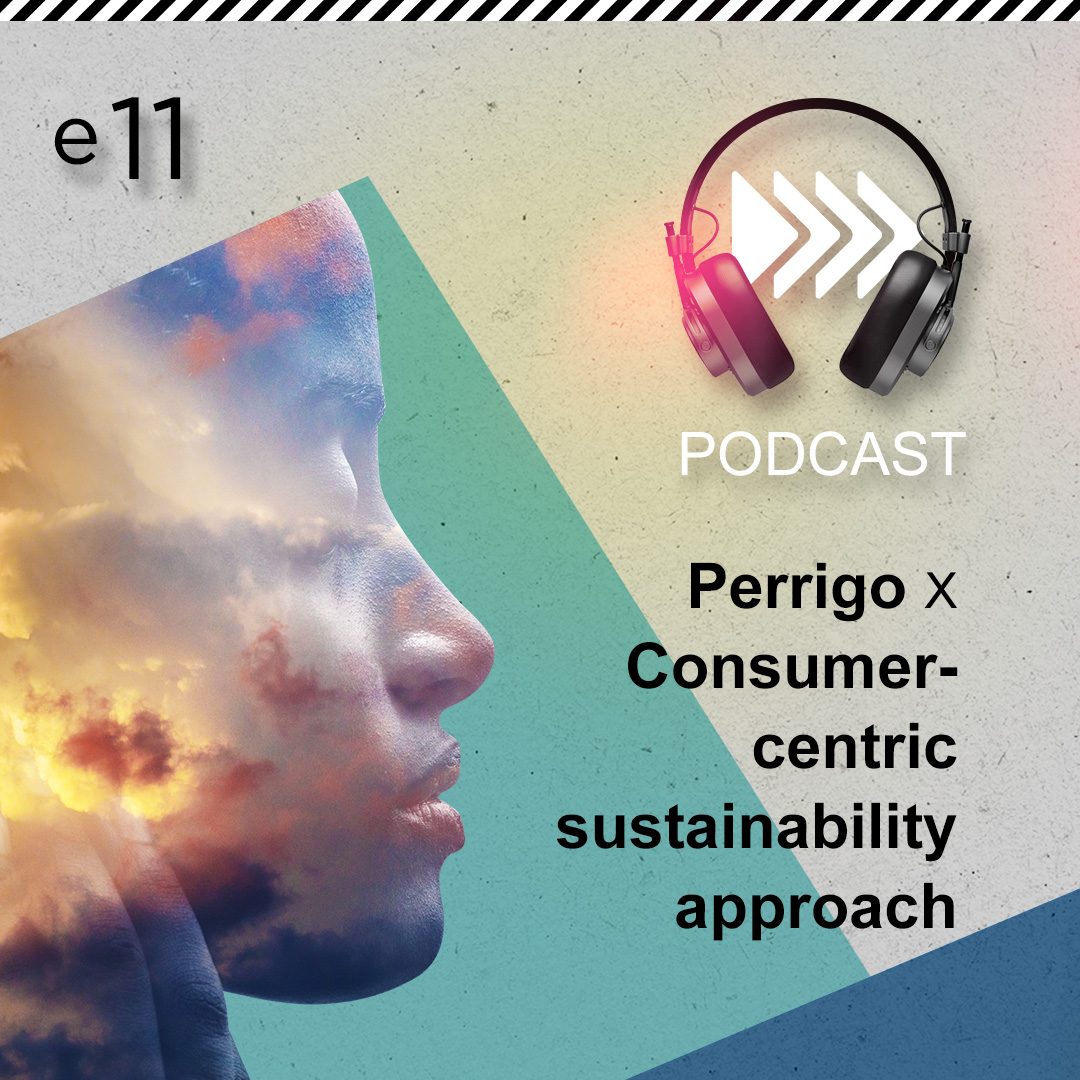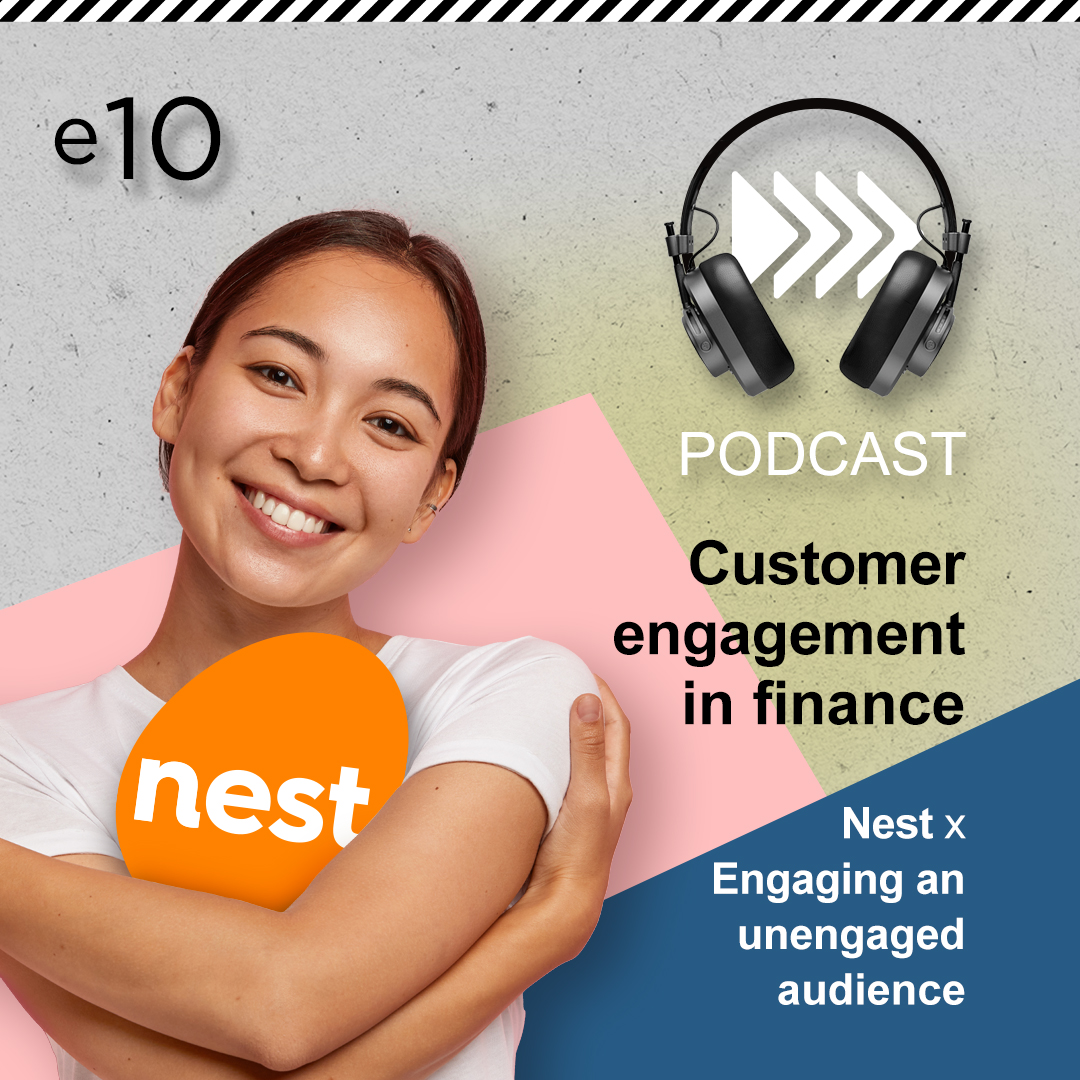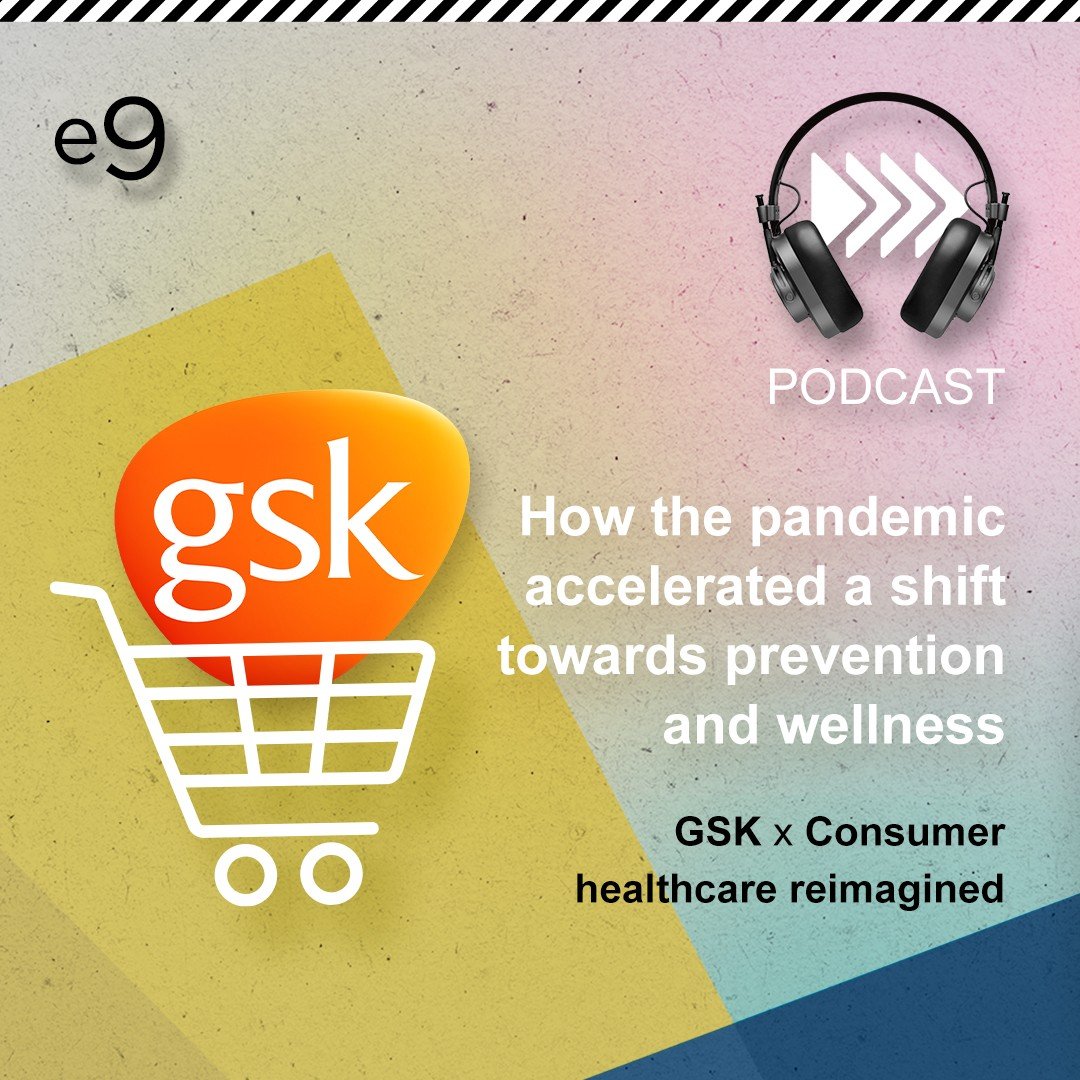Script
Farrell: Today, we’re talking about a question most marketers have never asked themselves: what does my brand sound like? Because it turns out that audio can be important to a brand’s identity.
In our last episode, we talked about distinctive assets, those little brand identifiers that are easily recognizable to consumers. But there, we focused on visual assets – things like logos, labels, mascots. But sound can also be a distinctive asset. Some of them can be just as well-known as visual icons, like Nike’s swoosh or McDonald’s golden arches.
Many people don’t even realize how many of these iconic brand sounds they already know. They tell us we’re ready to chill [sound], or get to work [sound]. They tell us where to eat [sound], they remind us which brands are putting us in touch with each other [sound], and which companies are entertaining us [sound]. Some sounds can evoke not just a brand, but can even become synonymous with an emotion [sound]. The Jaws theme doesn’t just stand for the movie or for sharks, but is a trigger for the emotion of fear.
The fact that you may recognize a brand instantly from a sound is what we call ‘sonic branding’.
Dirk: My definition is: it’s a strategic use of sound as a distinctive brand asset. And sound can be voice, can be a sonic logo, can be brand music, and of course, there’s the commercial aspect of it. Sonic branding has to influence the people to buy the brand more or to become familiar with the brand.
Farrell: That is the sonic branding expert at VAR, the media agency behind the major public broadcaster here in Belgium.
Dirk: My name is Dirk Soetens. I have an experience of 20 years in research. I’m working for the Belgian sales house, we work for the public broadcaster in the north of Belgium. So we have radio stations with classic commercial breaks. If you listen to the radio, for instance, just before the news, you have a commercial break and that’s airtime we sell. So if you want to be on that radio station – and VRT has 60% market share – you have to contact VAR if you want to have airtime. But we have an approach that we want to be more than just a seller. So we invest in research like this to give more advice, to give rules, give learnings, to be more than a seller, to be a partner of the advertisers.
Farrell: The research Dirk mentioned is the sonic branding research that he does with InSites Consulting. But we’ll get to more of that in a minute. Now, because they are radio advertising space on a major broadcaster, they want to offer smart insights to their advertisers on creating a sonic brand.
Dirk: It’s amazing; just with a few seconds of sound, people are capable to recall the campaign, but also to attribute it correctly to the correct brand. And that’s an eye opener for the whole market, because people thought that things like that were only possible with visual distinctive assets. And most of the time, sound is undervalued by advertisers or by marketers.
Farrell: An interesting aspect to consider here is that while the industry has become so focused on the visual side of branding, there was a time before streaming or TV became the dominant media and modern life. And there were brands focused on early versions of sonic branding for radio. “Hello, amigo. I’m Chiquita banana and I’ve come to say bananas have to ripen in a certain way, and when they’re flecked with brown and have a golden hue, bananas taste the best and are the best for you.” But Dirk hinted that sonic branding has come a long way from just a jingle. Brands now incorporate the sound into their complete brand guidelines.
Dirk: Well, it’s the equivalent of a logo, of a visual logo. So most marketers have a brand book, that’s a lot of pages, and it gives details about every aspect of the logo: the colors and the baseline, the tagline. But if you ask, “Do you have sonic guidelines as well?”, most of the time that answer is silence.
Farrell: But having a jingle doesn’t guarantee you have a sonic brand.
Dirk: Frequently, most people we are working with, are production companies or marketing managers, and they say, “We have this jingle, we’ve used it for years already so we have sonic branding”. But if you talk with the sound production agencies that are specialized in this, they say, “It has to be more than that”. If they explain how they work: they ask clients to give their mission and their vision of the brand or the advertiser, and they develop a sound which is the illustration of that mission and vision.
Farrell: But what does good sonic branding actually get you?
Dirk: The good examples are giving a lot of recall and attribution. And it influences the marketing metrics as well. So people are more familiar with the brand, it gives them a sense of “It’s a safe brand, I recognize it, I trust it, I will buy it”. So we see that the brands or the advertising which use sonic branding are better in all the metrics: they are liked more, people understand the message more, they are considering the brand more. So if you succeed in placing your brand in the brain, it’s like having gold for a marketer.
Farrell: This recall and attribution boils down to being distinctive, hence the notion of distinctive assets. And Dirk says the future looks big for sonic branding.
Dirk: The people who are investing in it today will have a competitive advantage in the future. Because you have the arrival of, for instance, smart speakers, you have voice technology; it will only become more important in the future. So people or brands that are investing in sonic branding will have the future with them. A lot of people even say that there’s a sonic revolution going on. So people brands have to be prepared for that.
Farrell: In the podcast world, we love the sound of a sonic brand revolution. But this new age of audio needs to cater for a different reality that includes audiences that span the globe.
Dirk: If you have to do it correctly, it’s very important that it’s suitable for all cultures, for example. And if you listen to the example of Mastercard, they want to roll it out, to have it worldwide. So it’s very important not just to make a decision overnight. Because it can be used and will be used for years in all different countries; the main theme of the sonic logo always has to remain the same. So there are examples of brands that have an adapted sonic approach for each country or for each culture. But if you look at it from a sound expert’s view, you see that the rhythm or the sound, the notes are still the same. So you can make a sonic brand book and say, “There are some rules you have to follow, but you can make, for instance, like a Christmas version of the sound, or you can make a football version of the sound, but you have to follow the brand book”.
Farrell: The best sonic brands understand this. [sound]
Dirk: The good examples do give emotion to the brand. You can make a sound, not very professional or just to recall a few tunes, but it does not give emotion to listeners, for instance. They just recall it, but it doesn’t give an image to the brand. So the good examples are when you hear the image in the sound – it’s very hard to tell, but if you hear it, you understand what I’m saying.
Farrell: An important aspect of what VAR does with us at InSites is measure how well brands are doing with their sonic branding. Dirk talked us through how VAR thinks about research in this domain.
Dirk: Well, it’s very important to do it in an implicit way. I’ve seen a lot of research studies the past years, and most of the time they are very rational and they have a lot of figures in it. But if you look at how people behave, 90% of the decisions are made by the implicit part of the brain, the system-one, system-two difference. You do it without thinking. And that’s mainly the domain of sound branding as well. You don’t have to listen very carefully to be exposed to hundreds of commercials a year. So we often test the same brand again and again, and sometimes the attribution can be better. So it’s important because if people don’t know which brand is behind the message, it’s not a very successful campaign. So we often say, “Let’s put your branding in the beginning of the commercial”. Most of the time, people, like creative people, think and say, “We have a storytelling and people listen, and at the end of the commercial we reveal the brand, and that is the way to do it”. Well, more and more it’s more like: you have your distinctive assets, use them, don’t be afraid, don’t be shy. If people know your brand behind the message, that has to be the result in the first place.
Farrell: We asked Dirk what his one piece of advice would be for a brand that was just starting the journey of defining their sonic brand.
Dirk: Most people are a bit uncertain because today it has to have an immediate effect. And some people are a bit disappointed when you look at it in the short term. It’s clear that if you want to have your sonic branding known by a lot of people, that takes a lot of time, and you have to integrate it in all your touchpoints. So it’s not something which is realized in a very short term. You have to invest in it, and it will take a lot of time. So my suggestion is: don’t evaluate it in the short term, and don’t stop if it does not have the expected results after a few weeks. It takes a lot of time, but there is one medium that can help and speed up that process, and that’s radio.
Farrell: When you think of all the things that define a brand, don’t forget about sound. Because sound can be an important distinctive asset, just like visuals. With the new flourishing of audio media, brands need to define what they sound like, not just what they look like.
This is a continuation of our series of episodes on Brand Religions. For more info on distinctive assets, you can read our ‘Brand Religions’ books at insites-consulting.com. If you like what you heard today, please be sure to subscribe to our show on Spotify, Apple podcasts or wherever you listen to your podcasts.
Today’s show was produced by Katia Pallini, Felix Rumph and me, Farrell Styers. I also did the mixing and tech production. Thanks to Dirk and everyone at VAR for their help on today’s episode. And thanks to all of you for listening.
If you want to find out more about InSites Consulting and our work, just go to insites-consulting.com/podcasts, or subscribe to our podcast on Soundcloud or Spotify.
